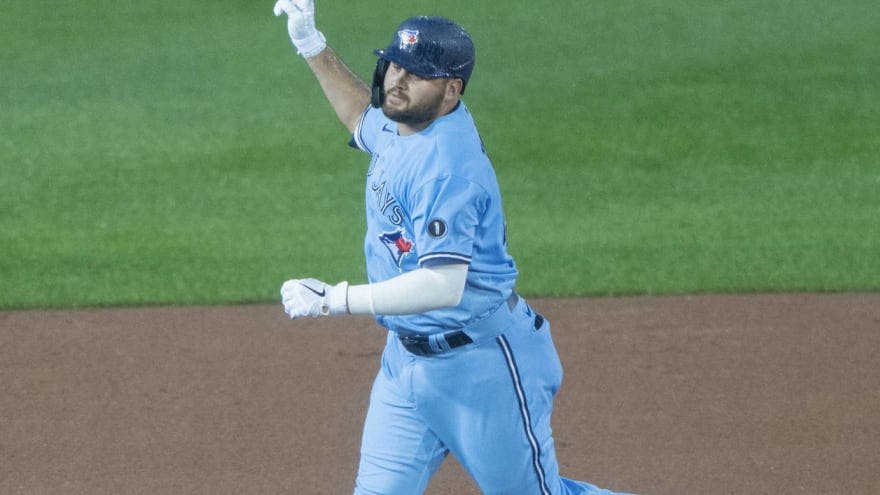How real was the Rowdy Tellez Breakout?
Jan 15, 2021, 14:00 EST
Keep scrolling for the next article
Breaking News
- Instant Reaction: Addison Barger hit three doubles in Blue Jays’ 6-3 win over Mariners
- Arjun Nimmala’s stock continues to rise in the Blue Jays farm system
- Blue Jays series recap: Jays collapse late in the first two games against Angels
- Blue Jays GDB – 38.0: Keeping the brief momentum going against a rising Mariners squad
- Blue Jays place Andres Gimenez on the 10-day Injured List, add Michael Stefanic to the 26-man roster
